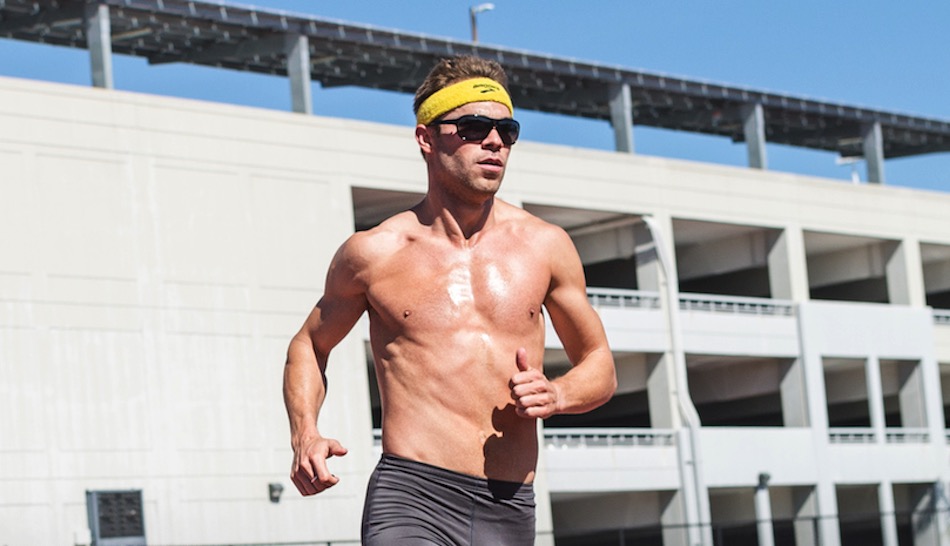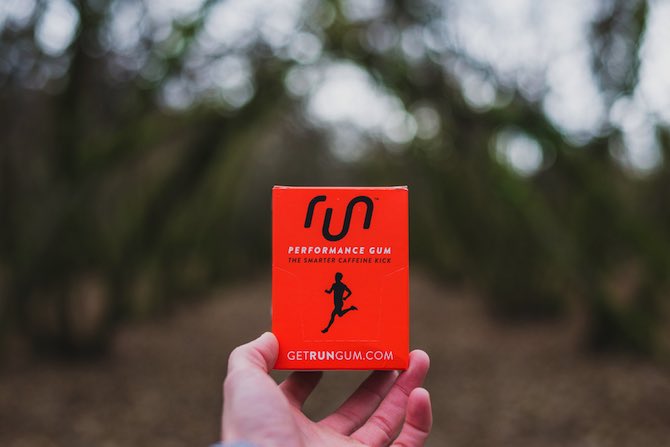Interview with Nick Symmonds By Runner’s Tribe
Runner’s Tribe caught up with 2 X Olympian, 2013 World Champs 800m Silver Medalist, Run Gum CEO and successful ‘Athletepreneur’, Nick Symmonds for an in depth chat on retiring from track and the epic journey’s which now lay ahead for this multi-talented individual as he takes on the Honolulu Marathon.
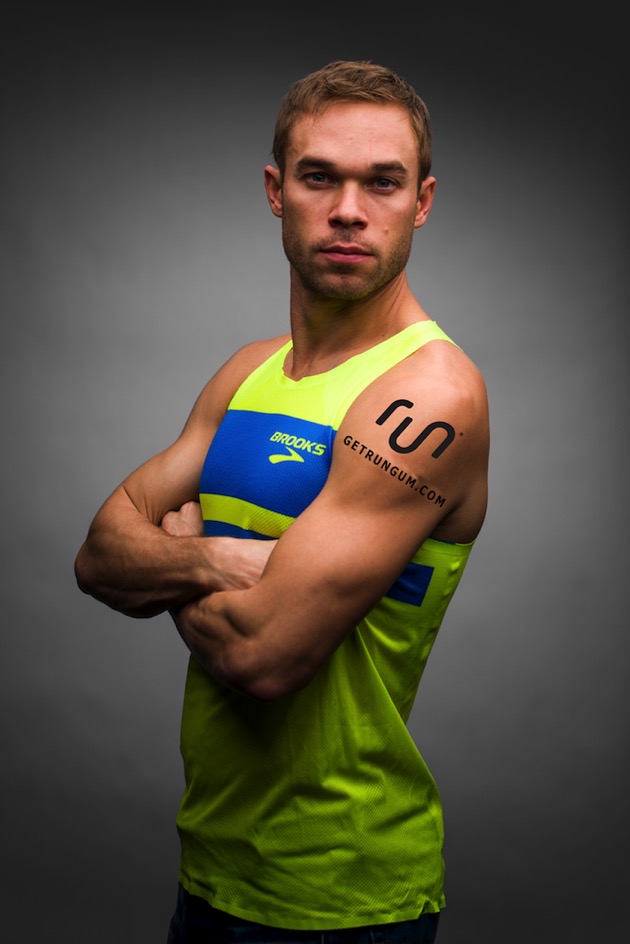
On December the 10th you’re going to run your final race at the Honolulu Marathon. Why this race as your last? Do really think this will be your final race?
When I hung up my spikes last month at the 2017 US Outdoor Championships, I didn’t want that to be the end of my running career. It certainly was the end of my track and field career, but I needed to set a new goal, and running Honolulu, running my debut marathon made a lot of sense. As far as that being my last race ever, I’d be surprised if it is, but I’m not going to overlook this particularly daunting goal, I’m going to stay focused on it, and if I do set another running goal, it will be after I complete the Honolulu Marathon.
Do you have a target time or are you just taking it day by day and then maybe set that closer?
No, I want to break three hours. I think that’s a very realistic goal for me. I talked with my coach, Danny Mackey, who said the over under for him would be three hours. He’d be surprised if I ran slower than 3:15 and surprised if I ran faster than 2:45. So that’s kind of the sweet spot right in the middle there, three hours is what I want to break.
What’s the max weekly mileage you’ll get up to there?
I’ll probably work up to about 50 or 60. If this was my only focus then I’d be running 70 or 80, but I’ve got a lot of other irons in the fire there, so training full time at this point is unrealistic. I think on 40 or 50, maybe as high as 60 miles per week, I can run my target pace.
Have you thought of the possibility that you catch the marathon bug and keep training?
Unlikely, but there’s always a chance, right?
Going back to your career, any regrets or things you would have done differently?
Not on the track, I think I did a great job. A short stocky kid from Boise, Idaho, who goes to a Division 3 school and ends up being ranked number two in the world; about as well as I could play the cards that I was dealt. Off the track, I wish I’d done a few things differently. I wish I’d been more active on social media. I wish I’d travelled to a few different places that I wanted to visit. There’s only so much you can do in the time that we have, with training being the number one focus. I think I did it 95% of the way that I wanted to do it.
The world championships in 2015, are you content and happy that you boycotted the event? Does this linger in your thoughts much? The what could have been?
I’m very confident that I could have medalled there, but what would that mean? Just putting a little bit more money in my pocket, and being another pawn for USATF in yet another high-performance setting. I wasn’t inspired to do that. I’m not sure how much your viewers know about USATF, but they’d been stealing money from me for a decade at that point, and I was tired of it. So, I just wasn’t interested in working for them as a servant anymore.
Do you have any ideas as to how athletes could better monetize their careers as ‘Athletepreneurs’?
Being an ‘Athletepreneur’ (athlete-entrepreneur) is hard because athletes really need to be focused on their performance, they need to be focused on running as fast as they can or throwing as far as they can. Entrepreneurial business takes a lot of time, energy and focus, and that’s time, energy and focus that can’t be put towards sport. So, I don’t necessarily encourage the ‘athletepreneur’ lifestyle, but if an athlete is interested in building their brand, the easiest way to do so is on Social Media. Don’t just use Social as a way to post cute pictures of yourself, it’s a way to interact with your fans. View it as a way to grow your fan base. Brand building is the most important part of entrepreneurial business, in my opinion.
It’s always perplexed me why shoe brands don’t use their elite sponsored track and field athletes in the majority of their mass marketing. What are your thoughts on this and how it could be improved on?
I’ve been on a lot of those photo shoots, and a lot of the time what the marketers will say is that elites look too intimidating, they’re unrecognisable for the average person. In this particular economy where leisurewear is so popular – picking up in some cases the majority of a company’s bottom-line – being relatable to the average person is extremely important in the narrative that they’re telling. I think it’s really important for consumers to recognise the fact that these shoe companies are not in it for growing the sport, they really don’t care about that, they’re in it to protect their interests and grow their bottom-line. They have a duty to look out for their shareholders, they really have no responsibility or moral code to grow the sport. I think that if people berate Nike or Adidas, or some of these major players, for not working harder to grow the sport, that’s really not what they’re here for.
Right, that’s understandable, isn’t it?
It’s absolutely understandable. The people who are here to grow the sport are the USATF and IAAF, and the non-governing bodies, but because they have become extensions of the shoe companies they are not doing their job. Here in the States, the USATF might as well be a branch of Nike, the way that they are.
Talking about new initiatives, what did you think about Australia’s Nitro Athletics?
I saw that and it was fantastic. I thought that was a great idea. I didn’t get to watch it all live, but just the idea of let’s repackage track and field and make it more popular, make it more consumable for today’s audience, let’s bring track and field into the 21st century. I really respected what they were doing down there.
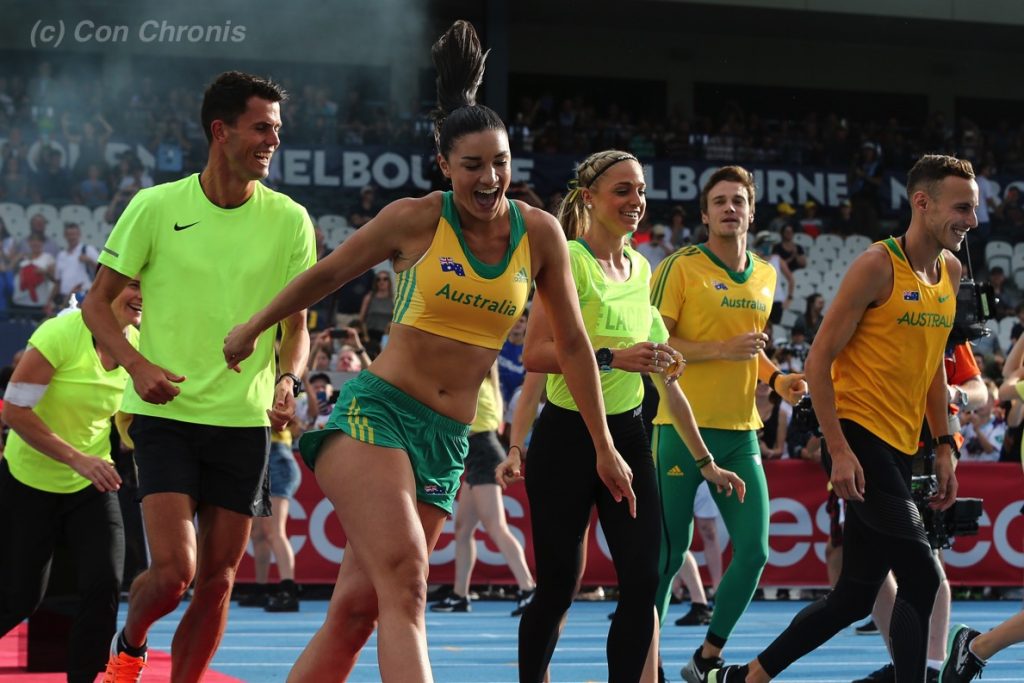
As an entrepreneur now, what’s your day look like?
Yeah, I get up at about 5 or 6am and I try to get my miles in before work. We generally then work 9 to 5 or so. I’ve always admired these marathoners who were able to balance all the things they were trying to do in a day, from training to family obligations and work, and now I am that guy! It’s not easy.
‘To Rest is to Rust’ – How many hours of sleep a night do you need usually to productively function?
My number one rule of training is to never wake up to an alarm, and if I’m getting up at 5 or 6am, that means I’m going to bed at around 9pm every night. I don’t miss those hours after 9pm, most of those hours are spent watching crappy TV or you’re out at a bar, and I never really liked those things anyway. So, I work my butt off till about 5 or 6 pm and go home and have a couple beers and eat dinner, then I’m exhausted, and I wake up again and do it again every day. I feel stimulated physically and mentally, living my life that way, and I love it. I absolutely love both aspects; I love training, and I love going into the office and working.
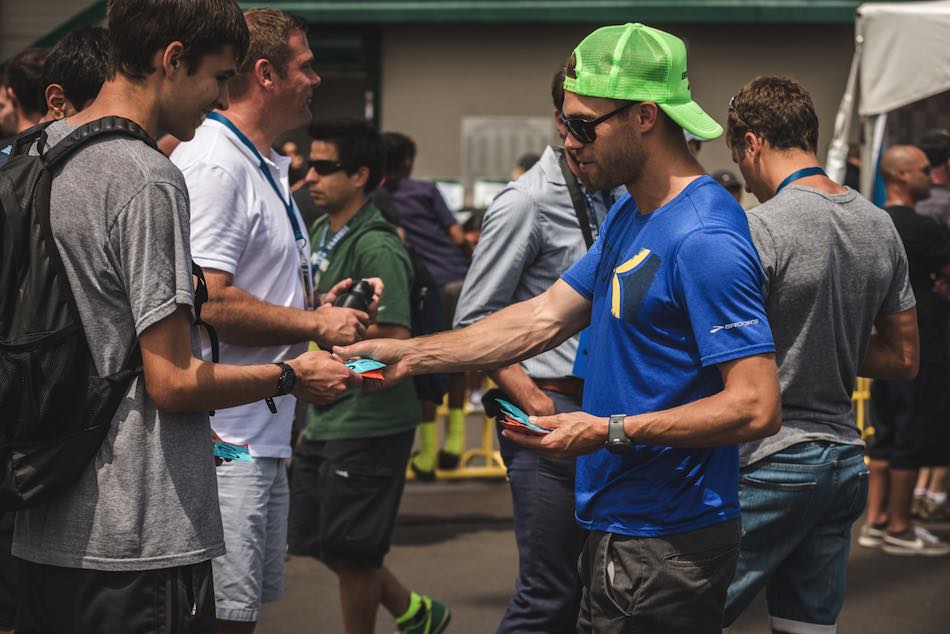
What are some of the tough lessons you’ve learnt about being an entrepreneur and following through with things?
Well, you just don’t have any certainty, and you really have to embrace this world of risk. To do it right you’re going to be highly versatile. You’re always going to be wondering what the next obstacle is, and that obstacle is going to hit you in the head, and you’re really going to have to work your way around it. If you like stability, if you like certainty, then do not become an entrepreneur. If you like waking up and having absolutely no idea what’s going to come across your desk that day, then by all means, this is the life for you. We worked tirelessly for three years to build up the Run Gum brand here, and we’ve seen a lot of success and some failures. If it all came crashing down tomorrow, we’d have to just lick our wounds and start all over again. But that’s the reality, we’ve seen multi-billion dollar businesses that have been around for decades, go crashing down, and that’s the reality of being a business owner. At any moment, the economic winds can shift and everything can change.
Right now, I think that we’ve got a great team, my business partner, Sam, and I, have done a good job building this brand and building this business, and I think the sky is the limit for Run Gum. But we are going to have to keep being diligent and keep working our butts off.
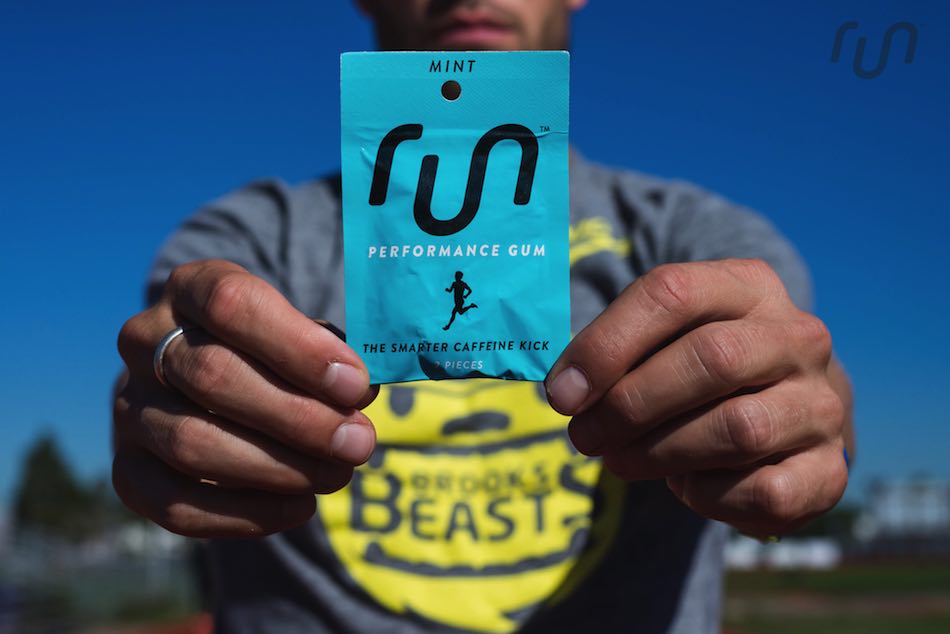
How important are agents and managers to deal with sponsorship and getting starts in big races?
Unfortunately, an agent is necessary, and I say unfortunately because most of them are crap, they’re just really not qualified to do their job. Some of them are great. I had Chris Layne as my agent, I really lucked out when I met him in 2006, he was a phenomenal agent for me. If you’re an upcoming runner and you’re trying to get sponsored or you’re trying to get into races, it’s not going to happen without an agent. These meet directors don’t want to talk to ten thousand athletes, they want to talk to half-a-dozen agents and get their athletes that way. It’s much more bang for their buck; if they spend 20 minutes talking with an agent they can get a hundred athletes no problem. But, again, if you get stuck with a bad agent, you might as well kiss your career goodbye, because they’re going to take your money and they’re not going to give you anything in return for it.
How long was your break at the end of each season? Did you run at all during this time?
When I was younger, I used to take two weeks off at the end of every summer. In about September, I’d call it, and take at least two weeks off. As I got older and older, I felt like mentally, maybe not physically, but mentally that I needed more of a break, and my breaks got up to about a month. I would take the entire month of September off. It’s not that I’d just sit around getting fat, I’d be out hiking, fishing and boating, I like to stay very active, but for me mentally, it would take at least four weeks, nearing towards the end of my career, where I would need that before I felt even an itch to start training again.
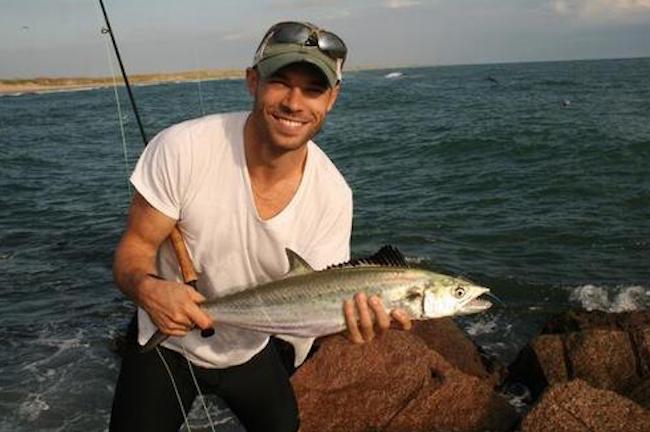
You’ve just summited Mount Hood which we loved watching (check out the video below) after three attempts and it definitely was no walk in the park. What’s the next peak you’re looking to conquer?
I’m actually going to be climbing Mount Ranier here in a few weeks, and if you thought Mt Hood was cool, wait until you see Mount Ranier. It is the most heavily glaciated mountain in the lower 48, and it is very very dangerous, I’m spending at least 2 or 3 hours a day researching it, because I’m not intending to go up and not come down, I want to summit that mountain and come back down and live to tell the story. I’m kind of just working up getting experience and knowledge, as my plan is to climb Everest sometime in the next decade. I’ll keep you guys updated on those plans as they develop.
For the first time ever we now have Australian Ninja Warrior showing on our TV’s and it has topped the ratings. How was your experience on American Ninja Warrior?
I competed in American Ninja Warrior back in 2015 down in LA and it wasn’t great. I’m a one trick pony, I can’t even run the mile very well, I run 800 metres and that’s about it. The athletic ability required to be good at those Ninja Warrior courses is something that I’m lacking.
You’ve done so many different things, have you ever been approached to do a film on your career?
No, never, I guess since I wasn’t approached I decided to start my own Youtube channel, if no one is going to make the movie then I’ll tell it myself! If you go to my Youtube channel – just go to Youtube and type in Nick Symmonds (click here to visit Nick’s channel) – you can see all kinds of the adventures that we’re getting up to.
Business plans for the future?
It’s full steam ahead on Run Gum right now. We’re growing very quickly, we’ve just gone through a big hiring phase and we’re up to about ten employees now. The sky is the limit for a product like this, 90% of Americans use caffeine on a daily basis, and we have 100 milligrams in every packet. We’re going to continue to grow Run Gum especially as people try it and see the advantages of putting caffeine in a chewing gum as opposed to sugary acidic drinks, they love it. If you’re in the US you can get it at rungum.com or amazon.com, and if you’re overseas you can go to vitacost.com and can order it and have it shipped internationally.
Thoughts on Donavan Brazier and how good he can be? Who else should we look out for to make a major impact on the sport?
I think Brazier is very talented, he’s shown that he has trouble sometimes with championship events, not making it out of the prelims at the Olympic trials last year worried us. As far as 800m running goes, he is the guy to watch.
Clayton Murphy in the 1500m could be dangerous, I know he is an 800m runner now but I think the 1500m is his future. I’m always interested to see what Matt Centrowitz does, and a couple other players. I think as far as the 800m goes, I would love to see Donavan take down Johnny Gray’s American 800m record of 1:42.6. It’s been on the books too long, and I think Donavan’s the kid to do it.
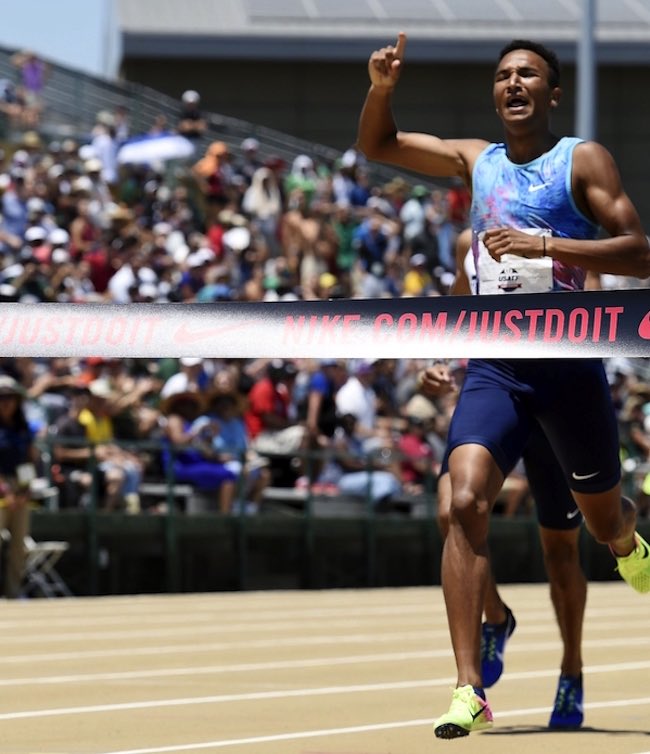
What was your mindset for your best races throughout your career? Meaning do you remember being more relaxed than usual when you clocked a PB or more nervous or did it constantly vary?
I know there are some psychologists that say you have to be in a certain mindset to have your best performance, but I had great performances in a lot of different mindsets, from not giving two-cents and just going out and phoning one in during 2013, I was really over it and I ran my second fastest time ever. I’ve gone into races under high pressure, extremely nervous, like I did in London and ran my PB there. So, I think a lot of it is people try to overthink these things. Just show up at the line and shut your mind off and let your body do what it does.
Thanks Nick, we’re looking forward to watching the next part of your journey and we wish you all the best in your endeavours.
Thanks Runner’s Tribe.







